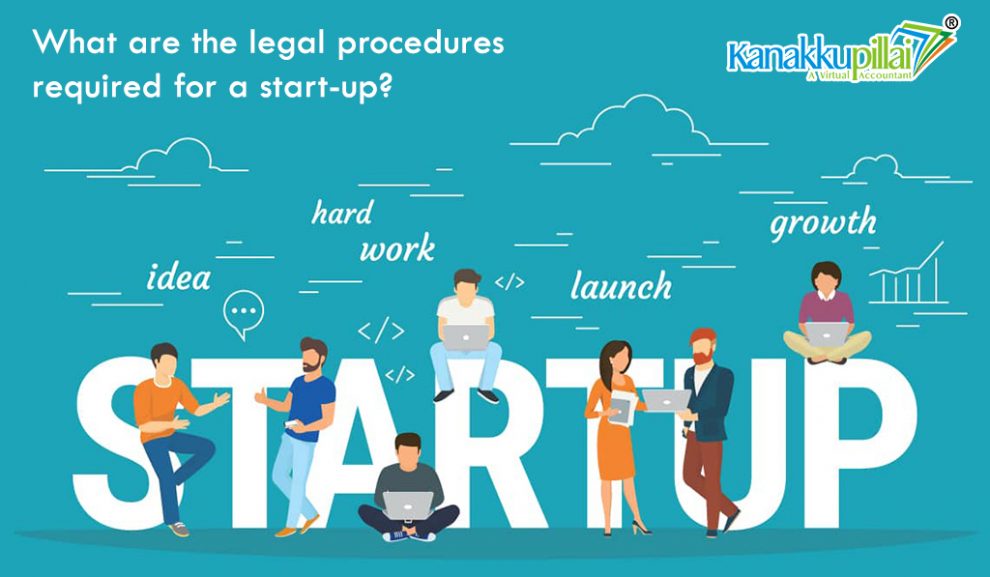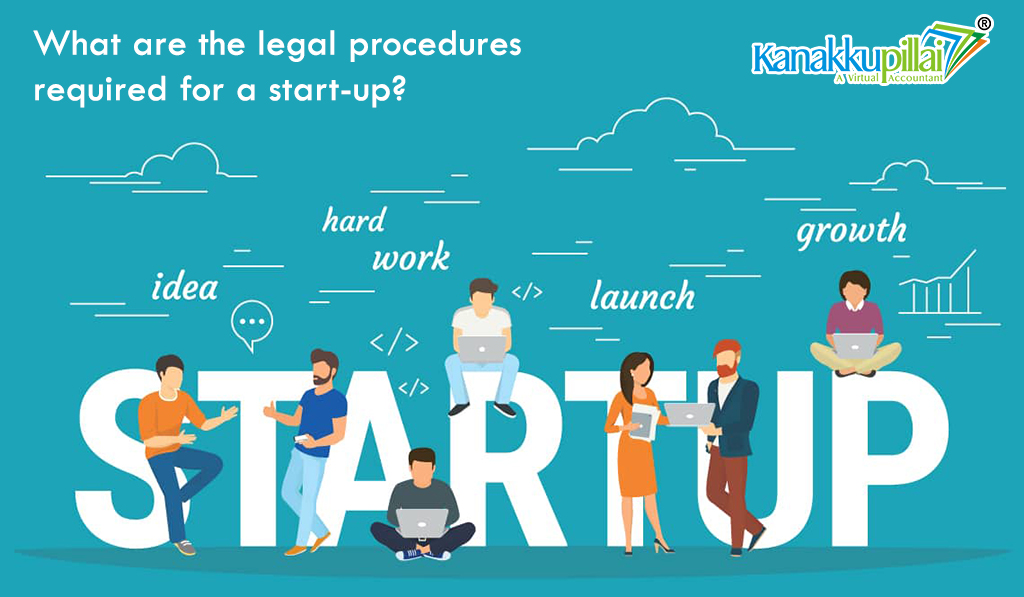“The value of an idea lies in the using of it,” Thomas Edison, one of the most prolific inventors in history, once said. Turning your groundbreaking idea into a viable business venture is a path filled with both opportunities and challenges. This guide will break down the journey from idea to implementation, providing beginners with a solid foundation for their startup journey.
Identifying and Validating Your Idea
Every great startup begins with a bold idea. It’s that lightbulb moment when a problem is identified and a solution is envisioned. However, it’s essential to remember that not every idea will prove to be a successful business venture. This is where validation comes into play.
You need to objectively assess the potential of your idea by answering key questions such as: Does this solution solve a significant problem? Is there a market for this solution? Who are my potential customers, and will they pay for this solution? One can utilize methods like market research, surveys, and SWOT analysis to validate their idea.
Consider the story of Slack, which started as an internal communication tool for a gaming company. When the game development didn’t work out, the team realized that their communication tool had significant potential, validating the idea which eventually turned Slack into a billion-dollar business.
Planning Your Startup
After validating your idea, the next step is planning. This involves developing a clear business model and drafting a business plan.
The business model outlines how your startup will create, deliver, and capture value. It covers key elements like your value proposition, revenue streams, key resources, and customer relationships.
The business plan, on the other hand, is a comprehensive document that details your business objectives, strategies for achieving these objectives, market analysis, financial forecast, and more. This plan acts as a roadmap guiding your startup’s direction and aiding in obtaining financing.
In this phase, tools like the Business Model Canvas or Lean Canvas can be extremely beneficial. For example, Uber’s initial business model canvas included key partners (drivers), key activities (platform development), and value propositions (convenient, cost-effective transportation), among others.
Assembling Your Team
Your team is the engine that drives your startup forward. As Andrew Carnegie said, “No person will make a great business who wants to do it all himself or get all the credit.” Building a diverse team that brings together different skills and perspectives can be a game-changer for your startup.
Look for people who share your vision and can contribute valuable skills, from technical expertise to marketing savvy. Remember, your initial team members will be the cornerstone of your startup culture, so choose wisely.
Take Google, for instance. Larry Page and Sergey Brin had a revolutionary idea, but it was the addition of Eric Schmidt, an experienced business leader, that helped guide the company’s explosive growth.
Finding Funding
Capital is the lifeblood of your startup. It supports everything from product development and marketing to hiring employees. Entrepreneurs can explore a range of funding options, including bootstrapping, crowdfunding, angel investors, venture capital, and loans.
In seeking funding, the most critical factor is finding a funding source that aligns with your startup’s goals and growth strategy. For example, Kickstarter has helped startups like Pebble, a smartwatch company, raise initial funding from a broad base of customers and enthusiasts.
Launching and Growing Your Startup
Launching your startup is a significant milestone, but it’s only the beginning. As Reid Hoffman, co-founder of LinkedIn, once said, “An entrepreneur is someone who jumps off a cliff and builds a plane on the way down.”
Once your startup is launched, the focus shifts to attracting customers, driving growth, and scaling operations. This might involve leveraging digital marketing strategies, adopting growth hacking techniques, or even pivoting the business model based on customer feedback.
Twitter, for example, began as a podcast platform called Odeo. However, when Apple’s iTunes began to dominate the podcast market, the team at Odeo had to pivot, eventually leading to the creation of Twitter.
Conclusion
From validating your idea to launching your startup, each step of the journey is integral in turning your idea into reality. While this path is certainly not without its challenges, by equipping yourself with the right knowledge and resources, you can increase your chances of building a successful startup. Remember, every big business started as a small idea, and with dedication, hard work, and strategic planning, there’s no limit to what your startup can achieve.
















